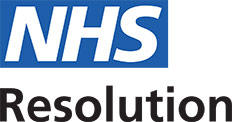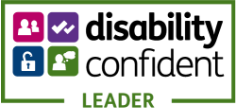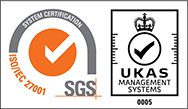Our governance
Governance framework and structures
We report on the organisation’s performance to the NHS Resolution Board and to the DHSC on a regular basis in accordance with our Framework Agreement with the DHSC.
Our chief executive, as NHSR’s accounting officer, and the NHS Resolution Board are responsible for advancing NHS Resolution’s strategic aims and objectives in alignment with our overall strategic direction.
The NHS Resolution Board has four committees to enable it and our accounting officer to discharge their responsibilities.
The four committees are as follows:
- Audit and Risk Committee (ARC)
- People Committee (PC)
- Remuneration and Terms of Service Committee (RemCo)
- Reserving and Pricing Committee (RPC)
The committees are each made up of members of the NHS Resolution Board and chaired by a non-executive director. In addition, appointments of independent members who are not full board members are made to ARC, RPC and PC to provide access to a broader range of relevant skills and experience.
Further information on our governance structures and the role of the Board and its committees can be found on our website here.
Executive leadership
The senior management team (SMT) includes the directors from across the organisation. Our chief executive, as NHSR’s accounting officer, reports on the work of the SMT to the Board and holds members of the SMT to account for delivering against agreed objectives which are linked to delivery of our strategy and business plan. The SMT discusses issues concerned with the activity of NHS Resolution for which the SMT has oversight of and/or approval is required. This includes resource management, planning and performance, governance arrangements, complaints and stakeholder management. The SMT reviews particular areas of our activity or areas of development and considers any changes in the internal and the external environment that may have an impact on NHS Resolution and its services. There are regular risk review sessions to ensure we have controls and treatments in place to mitigate risks and bring them within appetite.
SMT governance sub-groups
We have established internal governance groups that provide operational leadership on matters related to business plan delivery. These groups provide assurance to the SMT through regular reporting and the escalation of any risks or issues that could impact our business objectives.
Governance and accountability
We have in place a system of internal controls/governance which includes policies, procedures, practices and organisational structures designed to provide reasonable assurance that objectives will be achieved and that any risks will be eliminated where possible.
Capacity to handle risk
Through our risk management framework, we regularly consider the risks and issues that could have an impact on the achievement of our business objectives. This includes consideration of the controls we have in place to mitigate those risks and, where required, developing plans to bring those risks within appetite. Risk reporting and escalation is set out in our risk management policy and procedure, which is published on our website here.
Management assurance
Our assurance framework brings together governance and quality linked to our strategic objectives. Its purpose is to ensure that systems and information are available to provide assurance on identified strategic and operational risks and that such risks are being controlled and objectives achieved.
Internal audit
Our internal audit plan is developed in conjunction with management and the Audit and Risk Committee to focus on areas of risk, and provide insight, advice and assurance on our internal controls. Further information on our assurance and controls can be found in the Governance section of our Annual Report and Accounts, which can be found here.






